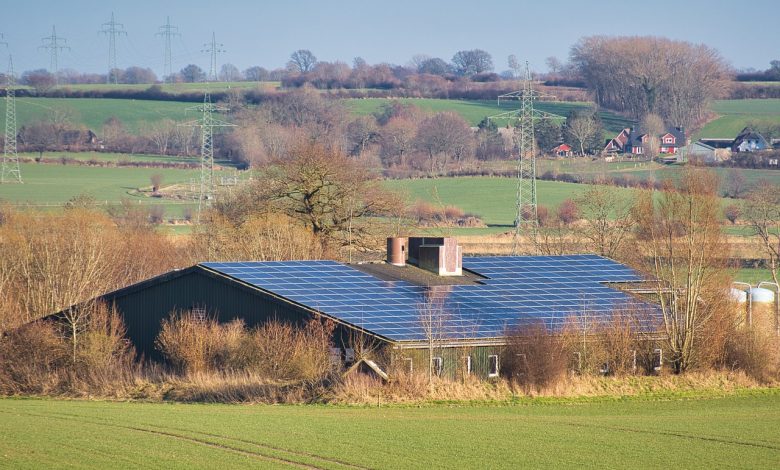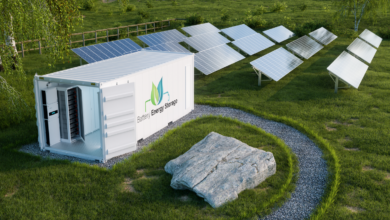The numbers of photovoltaics in Italy updated to 31 December 2021
(Sustainabilityenvironment.com) – Italian national solar energy is regaining strength. After the performance of 2020 – also due to the outbreak of the pandemic – the photovoltaics in Italy installed almost 1 GW of new power last year. To be exact 937 MW, 251 MW more than in 2020. A result still far from the trends required by the PNIEC, but of a positive figure. This is revealed by the report published by Italia Solare and the result of the processing conducted by Gaudi, made available by Terna.
The new additions bring the total Italian photovoltaic capacity to 22.5 GW, distributed among 1,015,239 plants connected to the network. In terms of power, the greatest contribution inevitably comes from large installations (over 200 kW), while on the diffusion side, small sizes win. Just think that 92% of photovoltaic systems in Italy have power under 20 kW. And 85% under 12 kW. The end of the Conto Energia and the poor success of the auctions of the FER1 decree have recorded a sharp contraction of the largest solar works, allowing the smaller installations to be the real lever of development.
The region where photovoltaics has grown more is Lazio
The growth of photovoltaics in Italy is not homogeneous at the territorial level. Some regions show much higher installation rates than others. Except for Puglia, first for connected power (2943 MW), the podium is always dominated by Northern Italy. On the capacity side, Puglia is followed by Lombardia (2,711 MW) and Emilia Romagna (2,269 MW), while Veneto (2,213 MW) and Piemonte (1,785 MW) complete the top five. Tail end, the Valle d’Aosta with its contents 26 MW.
On the number of installations, Lombardia triumphs – the real queen of the small generation distributed – with 160,586 installations. Followed by Veneto (147,494), Emilia Romagna (105,861), Piemonte (70,372) and Lazio (67,872).
But beyond the cumulative values, it is also interesting to understand which regiona chieved the best results last year. It turns out that the greatest photovoltaic growth, in terms of MW connected to the network, was recorded in Lazio. The territory has increased its solar capacity compared to 2020 by 144%. Second place for Abruzzo with a growth of 108% and third for Calabria with an 81%.






